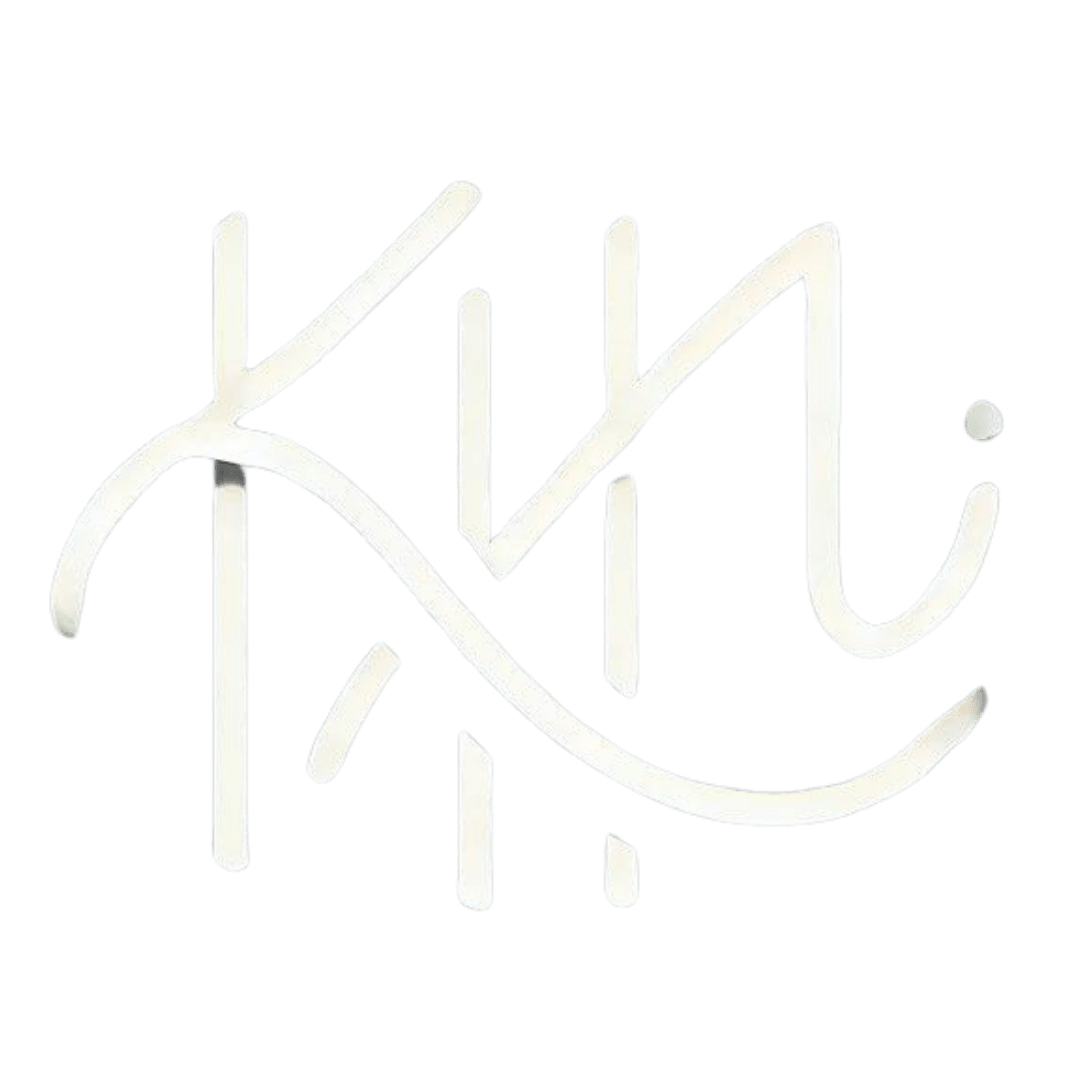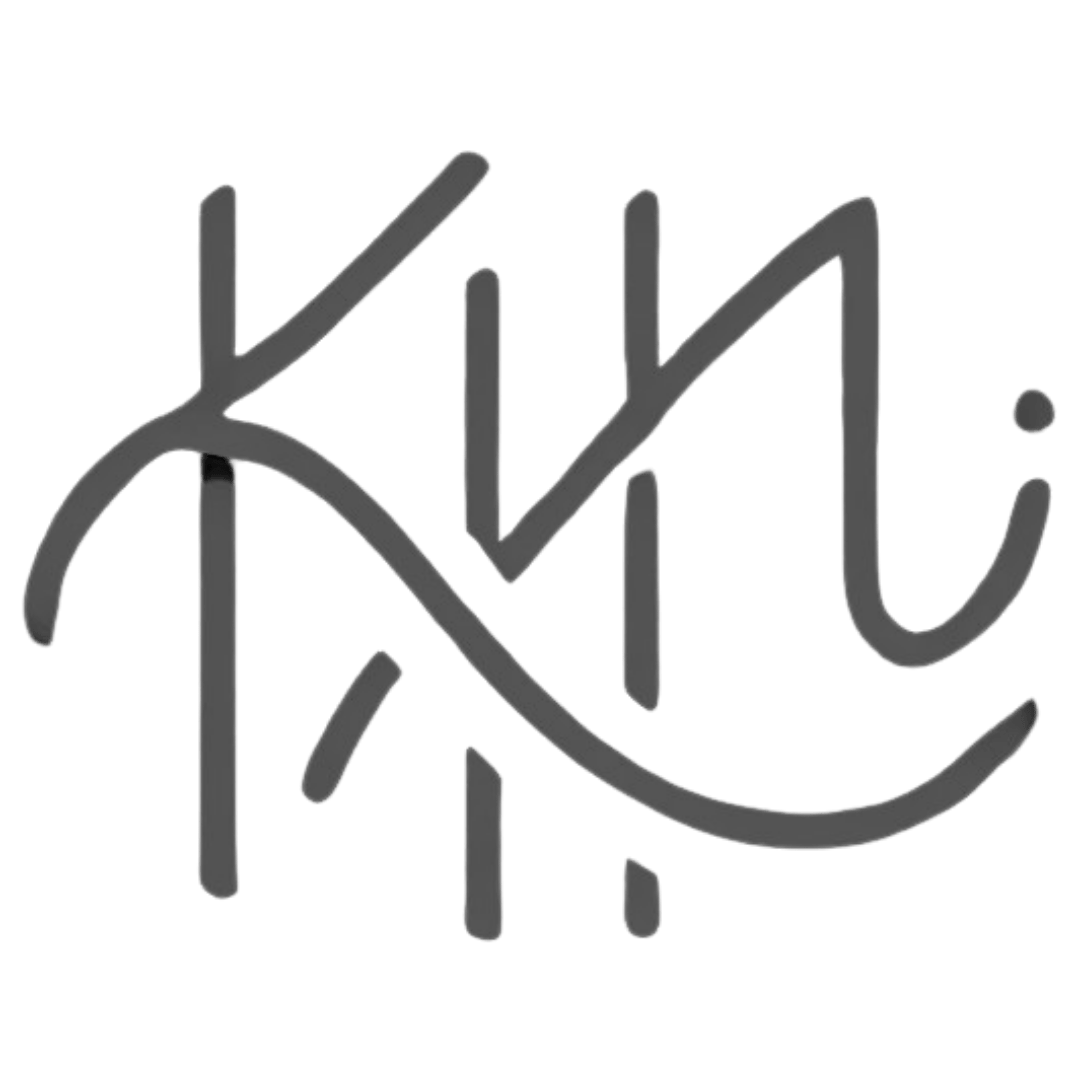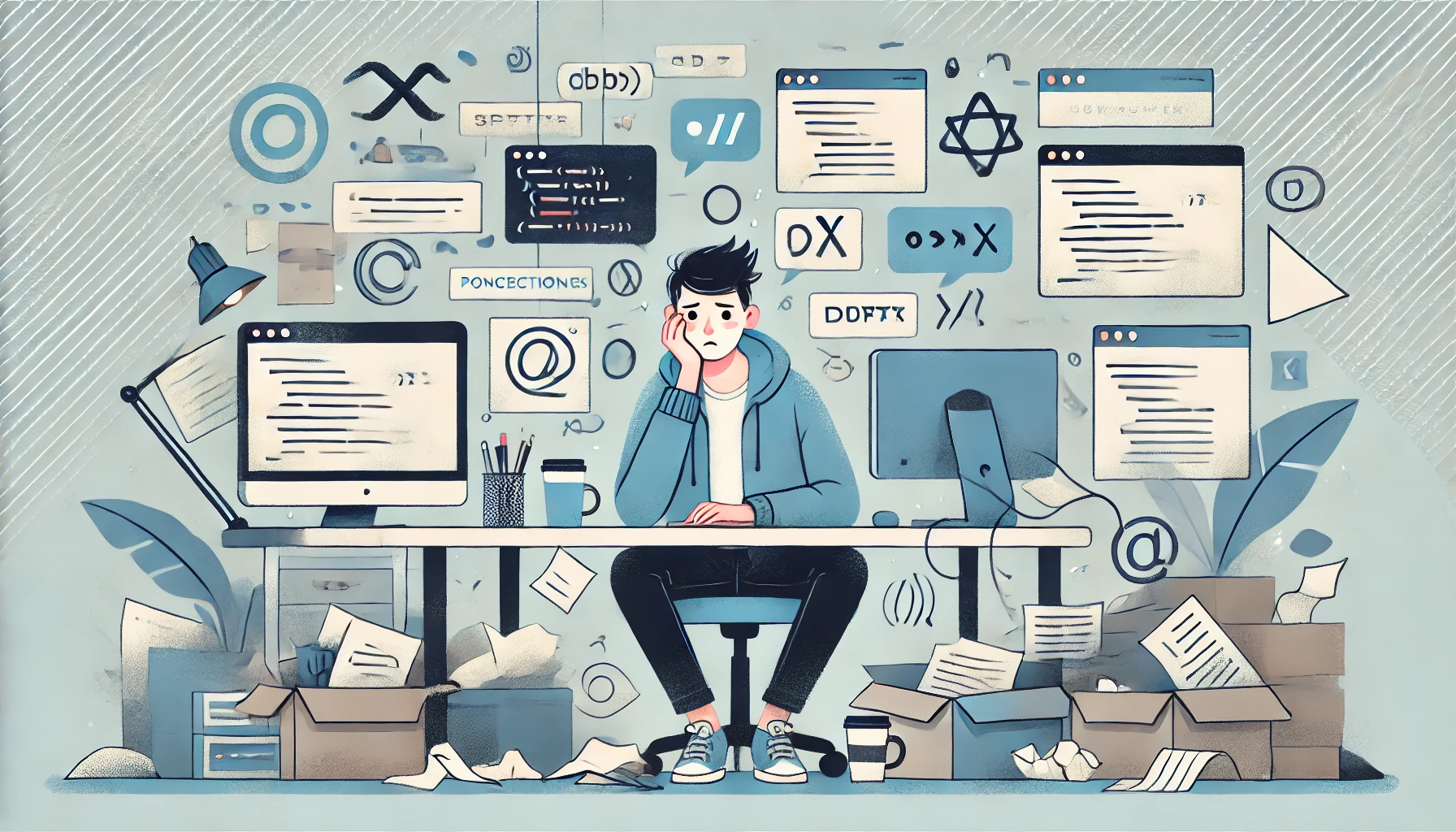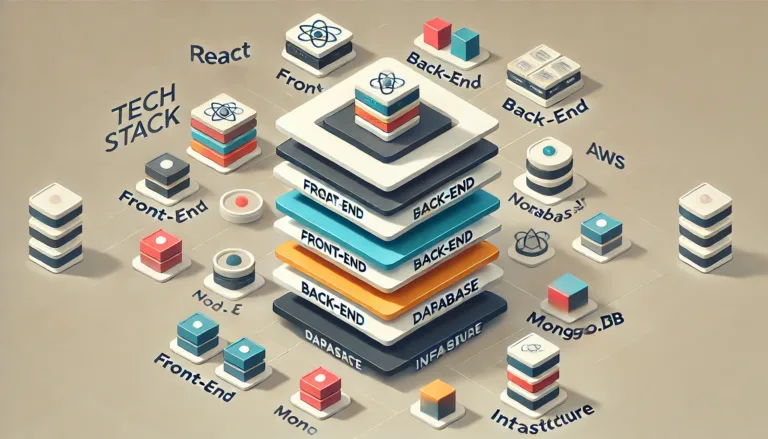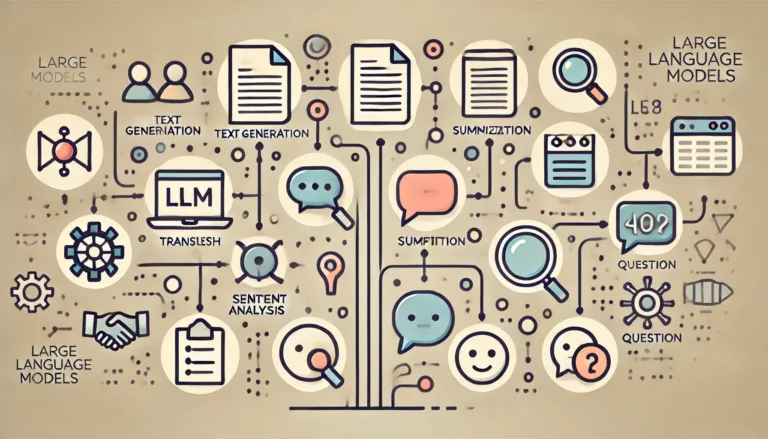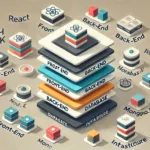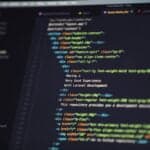Introduction
Feeling overwhelmed by the endless sea of coding languages? You’re not alone. For many beginners, choosing the right language to start learning can feel like staring at a complex menu with too many options and no idea what each dish tastes like. Should you begin with something widely recommended, like Python, or opt for a more visual language like Scratch? And how can you tell which one will be the easiest?
Finding that “perfect first language” is more than just picking at random. The right choice can make the difference between feeling empowered by early wins and getting discouraged by roadblocks. Starting with a beginner-friendly language can boost your confidence, maintain your motivation, and accelerate your learning speed.
This blog is here to answer the million-dollar question: What is the easiest coding language to learn? We’ll break it down based on key criteria such as syntax simplicity, readability, available community support, and real-world applicability. By the end, you’ll have a clear understanding of which language might be your best starting point.
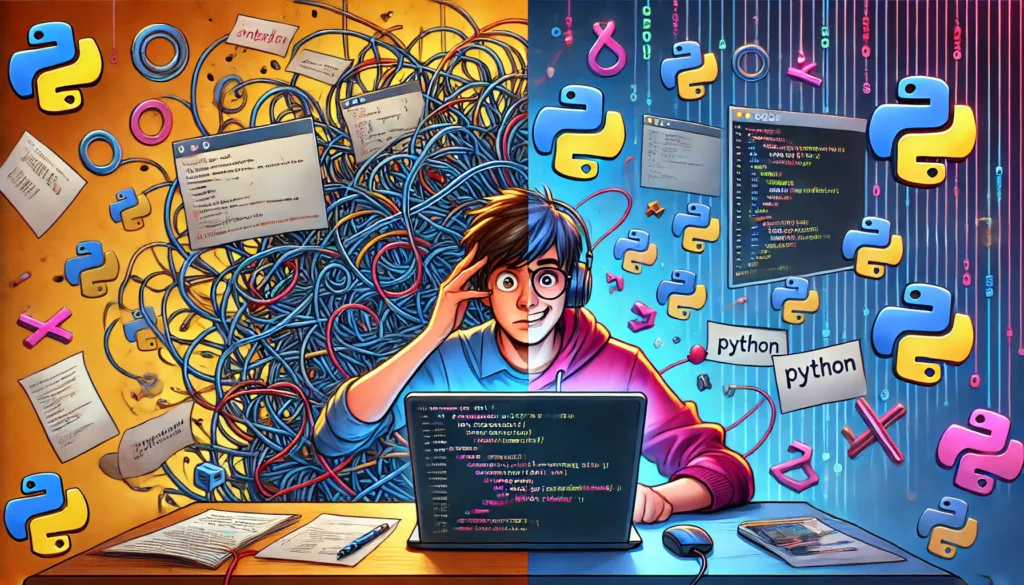
Understanding What Makes a Coding Language “Easy”
Definition of “Easy” in Coding
When it comes to programming, “easy” doesn’t necessarily mean a lack of complexity or limited functionality. Instead, it’s about how intuitive and beginner-friendly a language feels. An “easy” coding language is one that minimizes frustration and maximizes understanding by being straightforward to read and write. Its structure should help new learners grasp core concepts without unnecessary confusion. It should also provide a gentle learning curve, allowing beginners to see tangible results early on, which keeps them engaged.
Factors that Influence Learning Difficulty
When determining which coding languages are the easiest to learn, we need to consider several key factors:
- Syntax Simplicity: Does the language use straightforward commands and keywords? Simpler syntax reduces the cognitive load for beginners, making it easier to write and understand code.
- Readability and Intuitiveness: How human-readable is the code? Languages that read almost like plain English (e.g., Python) make it easier for new learners to grasp what each line of code is doing.
- Community and Documentation: A supportive community and a wealth of resources (tutorials, forums, documentation) are invaluable for troubleshooting and guidance when learners hit a roadblock.
- Versatility and Applicability: Does the language have a broad range of uses? Learning a language with versatile applications can keep learners motivated by allowing them to tackle different projects, from web development to data analysis.
By weighing these factors, we can determine which languages stand out as the easiest entry points for newcomers.
Top 5 Easiest Coding Languages for Beginners
Breaking Down the Easiest Languages
Not all coding languages are created equal when it comes to ease of learning. While some are straightforward and intuitive, others can feel like decoding ancient hieroglyphics. To help you navigate your options, here’s a breakdown of the top five coding languages that are considered the easiest for beginners to pick up. Each has its own strengths, and choosing the right one will depend on your goals and interests.
Language #1: Python
- Why It’s Easy: Python is often the go-to recommendation for beginners, and for good reason. Its syntax is clean, simple, and designed to read like English, reducing the initial learning curve. With less code to write compared to other languages, beginners can focus more on problem-solving and less on deciphering complex syntax. Plus, Python has a massive collection of libraries and frameworks that make it easy to build a wide variety of applications.
- Where It’s Used: Python’s versatility shines in areas like data science, web development, automation, and artificial intelligence. It’s a staple in both academic and professional settings, making it a practical choice for learners looking to apply their skills quickly.
- Ideal For: Complete beginners who want a language that is both easy to learn and widely applicable across different fields.
Language #2: JavaScript
- Why It’s Easy: JavaScript is relatively easy to pick up because of its immediate feedback loop. It’s one of the few programming languages that can be run directly in a web browser, allowing beginners to see the results of their code in real-time. Its syntax is also beginner-friendly and doesn’t require a complex setup to get started.
- Where It’s Used: Primarily used for front-end web development, JavaScript controls the interactive elements of a website—from dynamic content to animations and more. It’s also used for server-side development, making it a key language for full-stack development.
- Ideal For: Those interested in web development and creating interactive, visually engaging websites.
Language #3: HTML/CSS
- Why It’s Easy: HTML (Hypertext Markup Language) and CSS (Cascading Style Sheets) are not traditional programming languages but are crucial for anyone looking to create websites. Their declarative syntax and clear structure make them intuitive for absolute beginners. There’s no logic or algorithms to learn, just commands that define the structure and style of web pages.
- Where It’s Used: These languages are used to design and format web pages, making them foundational for front-end web development. While HTML defines the content structure, CSS controls the visual styling and layout.
- Ideal For: Visual learners and those looking to get a feel for coding without diving into complex logic and algorithms.
Language #4: Ruby
- Why It’s Easy: Ruby is known for having a readable and elegant syntax that’s designed to be natural and easy to write. Unlike some other languages that prioritize machine efficiency, Ruby prioritizes human-friendly code, making it less daunting for new programmers. Additionally, its framework, Ruby on Rails, simplifies the development of web applications, allowing beginners to create fully functional projects quickly.
- Where It’s Used: Ruby is predominantly used for building web applications. It’s the language behind platforms like Twitter, Airbnb, and GitHub, making it a powerful tool for aspiring web developers.
- Ideal For: Beginners who want immediate results and are looking to build web applications with minimal setup.
Language #5: Scratch
- Why It’s Easy: Scratch isn’t like other coding languages—it’s a visual programming language specifically designed for beginners. Using a drag-and-drop interface, learners can snap together blocks to create stories, games, and animations. This approach eliminates the need to memorize syntax, allowing beginners to focus entirely on logic and structure. It’s an ideal way to introduce younger learners to coding concepts in a fun, interactive way.
- Where It’s Used: Scratch is mainly used in educational settings to teach the fundamentals of coding and computational thinking. Its visual format makes it ideal for projects that require creativity and imagination.
- Ideal For: Younger learners or absolute beginners who want to learn the basics of coding without getting bogged down by syntax.
This lineup of beginner-friendly languages offers a diverse range of entry points into the world of programming, ensuring there’s something for everyone—whether you’re looking to build websites, automate tasks, or simply experiment with code.
What Do the Experts Say?
Opinions from the Industry
When it comes to selecting the easiest coding language to learn, industry experts and educators often recommend starting with Python, citing its simplicity and real-world applications. According to Dr. Eric Matthes, author of Python Crash Course, “Python’s syntax and readability are designed to eliminate the complexity that comes with other languages, making it ideal for those just dipping their toes into coding.” Similarly, coding instructor Quincy Larson, founder of freeCodeCamp, states, “Python’s community and wealth of beginner resources make it a no-brainer for those new to programming.”
In the realm of web development, many educators advocate for starting with JavaScript. According to Chris Coyier, co-founder of CodePen, “JavaScript offers a rewarding experience because learners can see their code come to life in real-time, making the learning process much more interactive.” This immediate visual feedback helps sustain motivation, which is critical for beginners.
For those who prefer a softer entry into coding, particularly for younger learners, Scratch is widely praised. “Scratch introduces key programming concepts like loops and conditionals without the need to focus on syntax, making it a fantastic stepping stone into text-based coding,” says Mitch Resnick, a professor at MIT and creator of the Scratch programming language.
Community Preferences
The coding community’s preferences align closely with expert recommendations. According to a survey conducted by Stack Overflow, Python is overwhelmingly the most recommended language for beginners, with over 35% of respondents citing its simplicity and readability as the main reasons. JavaScript follows closely, favored for its dominance in web development and versatility across front-end and back-end technologies. In contrast, HTML/CSS ranks highly among those who want to focus on web design, as it provides a straightforward introduction to the visual structure of web pages.
Interestingly, a GitHub Octoverse report shows that Scratch is frequently recommended as the best starting point for younger learners, with a high adoption rate in K-12 educational settings. This visual programming language is often used to teach the foundational logic behind coding, making it a favorite among educators.
Ultimately, both industry experts and the community agree that choosing the “easiest” coding language depends on a learner’s goals and preferences, but Python stands out as the most universally recommended starting point for beginners looking to build strong foundational skills.
Choosing the Right Language for YOU
Aligning Goals and Languages
Finding the easiest coding language is only half the battle. The real key is selecting a language that aligns with your personal goals, interests, and learning preferences. Use the guide below to narrow down which language best suits your objectives.
1. Career Aspirations:
- Web Development:
- Best Choice: JavaScript
- Why?: JavaScript is essential for front-end and back-end web development, making it a must-have for aspiring web developers.
- Data Science & Machine Learning:
- Best Choice: Python
- Why?: Python’s vast ecosystem of data libraries (e.g., NumPy, Pandas) and ease of use make it the top choice for data manipulation and analysis.
- Software Engineering & Full-Stack Development:
- Best Choice: Python or Ruby
- Why?: Both languages have intuitive syntax and are used for building scalable applications, with strong frameworks like Django (Python) and Rails (Ruby).
2. Learning Goals:
- Problem-Solving and Logic Development:
- Best Choice: Python
- Why?: Python’s straightforward syntax allows you to focus on learning programming concepts and logic without wrestling with complex syntax.
- Immediate, Visual Results:
- Best Choice: JavaScript or HTML/CSS
- Why?: These languages provide instant visual feedback, making it easy to see your changes live, which is rewarding for beginners.
- Understanding the Fundamentals of Coding (For Absolute Beginners):
- Best Choice: Scratch
- Why?: Scratch’s block-based interface teaches foundational concepts like loops and conditionals in a visual, intuitive way.
3. Personal Interests:
- Visual Design and Creativity:
- Best Choice: HTML/CSS
- Why?: HTML/CSS lets you create visually engaging websites, making it perfect for those who enjoy aesthetics and design.
- Back-End Logic and Automation:
- Best Choice: Python
- Why?: Python is great for automating repetitive tasks and building back-end logic, ideal for those who prefer working behind the scenes.
- Creating Interactive Games and Animations:
- Best Choice: Scratch or JavaScript
- Why?: Scratch offers a simple way to build interactive stories, while JavaScript is powerful for creating dynamic, game-like experiences on the web.
By identifying your goals and matching them to the strengths of each language, you’ll be set up for a more engaging and successful learning journey. Choose what excites you the most, and start building!
Conclusion
So, what is the easiest coding language to learn? After examining various factors like syntax simplicity, readability, community support, and versatility, Python emerges as the clear winner. Its intuitive structure and human-readable syntax make it accessible for absolute beginners, while its extensive applications across web development, data science, and automation provide a solid foundation for more advanced learning. This balance of simplicity and power is why Python is universally recommended as a great first language.
However, the best language for you is the one that aligns with your interests and goals. Whether it’s creating interactive web pages with JavaScript, exploring design with HTML/CSS, or learning coding basics through Scratch, choosing a language that keeps you motivated is the true key to success.
Ready to get started? Pick a language that excites you and dive in! Experiment with small projects, join online coding communities, and most importantly—have fun exploring the world of programming. Share your journey and let others know which language helped you take your first steps. Happy coding! ✨
FAQ: Common Questions About Learning Coding Languages
- Q: How long does it take to learn a coding language?
A: It depends on the language and your learning pace. For a beginner-friendly language like Python, you can grasp the basics in a few weeks with consistent effort. Mastery, however, can take months or even years, depending on the complexity of projects you tackle. - Q: Can I learn coding on my own, or do I need to take a course?
A: You can absolutely learn coding on your own! There are numerous free resources, tutorials, and interactive platforms like Codecademy and freeCodeCamp that are perfect for self-study. However, structured courses (online or in-person) can accelerate your learning if you prefer guided support. - Q: Which coding language should I learn if I want to build websites?
A: If you’re interested in front-end web development, start with HTML/CSS to build the structure and style of websites, and then move on to JavaScript to add interactivity. For back-end development, consider learning JavaScript with Node.js or a language like Python. - Q: Is Python a good language for kids to learn?
A: Yes, Python’s simplicity makes it a great choice for older kids and teens. For younger learners (ages 8–12), a visual language like Scratch is recommended, as it teaches coding logic through an interactive, drag-and-drop interface. - Q: Do I need to know math to start coding?
A: Not at all! Basic math skills are helpful, but coding is more about logic and problem-solving than complex math. Start with beginner-friendly languages, and you’ll find that many concepts are easy to pick up without a strong math background.
